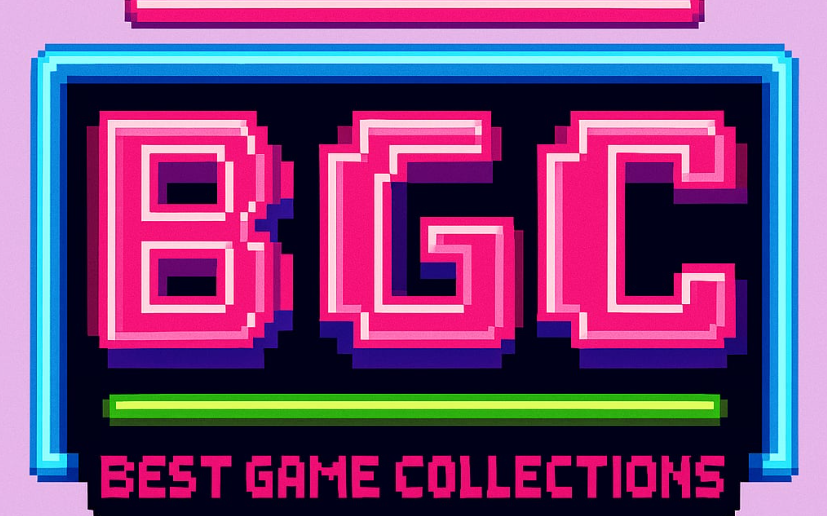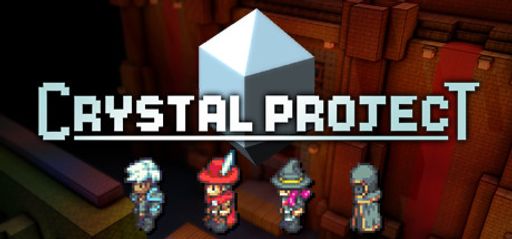An Indie JRPG with a Spirit of Adventure
From the very first moment I launched Crystal Project, I could tell I was in for something different—something adventurous. This indie JRPG, crafted by solo developer Andrew Willman and released on March 31, 2022, immediately channels the spirit of discovery. Set in a blocky, open world that invites non-linear exploration, the game encourages players to carve their own path. And it’s not just me who felt its charm—Crystal Project still holds a “Very Positive” rating on Steam, a testament to its dedicated fanbase.
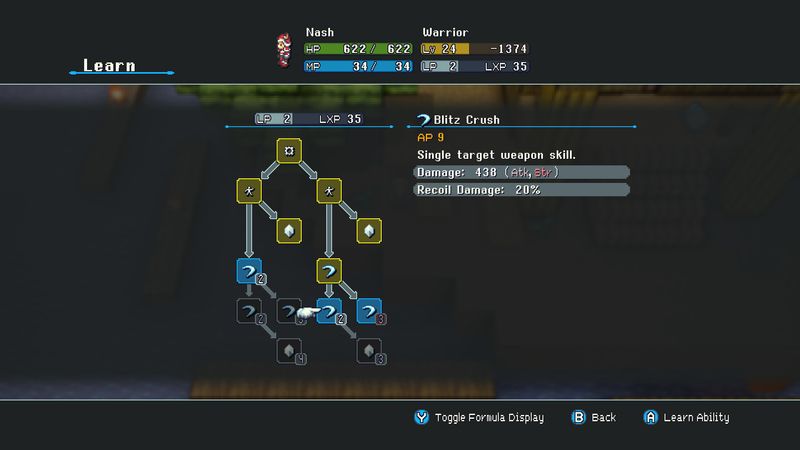
Explore Freely, or Master the Combat—You Choose
Whether you want to spend your time unlocking powerful classes or simply leap across floating islands for hours on end, Crystal Project lets you do it your way. I found myself exploring hidden caverns and high peaks, constantly rewarded with unexpected surprises. It reminded me of the classic Final Fantasy games, but with a distinctly modern twist. The ability to tackle content in any order adds to its replayability and gives every session a fresh feel.
You don’t have to be a strategy expert to enjoy it, though. The freedom to jump anywhere (and everywhere) becomes part of the fun. Like many players, I found myself compulsively hopping across platforms—sometimes even when it didn’t make me go faster. The game turns something as simple as jumping into a joyful mechanic that supports its open design.
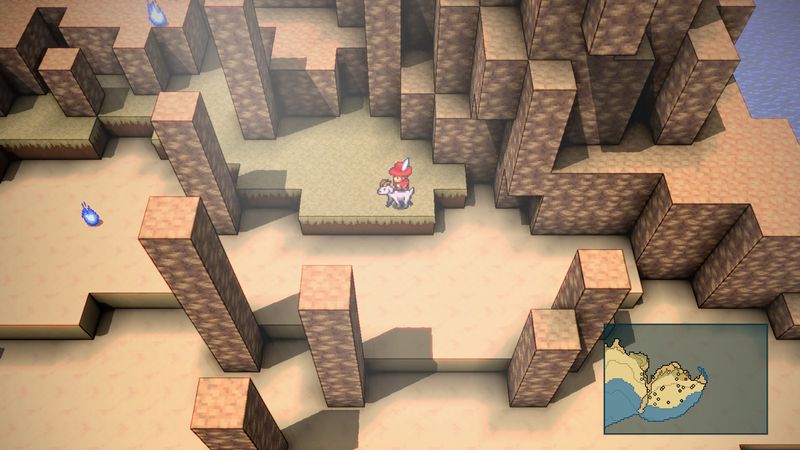
Turn-Based Combat Meets a Deep Job System
Combat blends the old and the new with a traditional turn-based foundation paired with a versatile job system. The ability to respec and switch classes on the fly creates countless strategic possibilities. I loved being able to pivot mid-battle—swapping to a mage to exploit an elemental weakness, then shifting to a tank to absorb damage. One particularly memorable moment had me battling a towering Crystal Golem under a stormy sky. Lightning flashed overhead while I timed my ultimate spell for a dramatic finish. It was thrilling.
The job wheel and class flexibility make every battle feel like a puzzle, not just a grind.
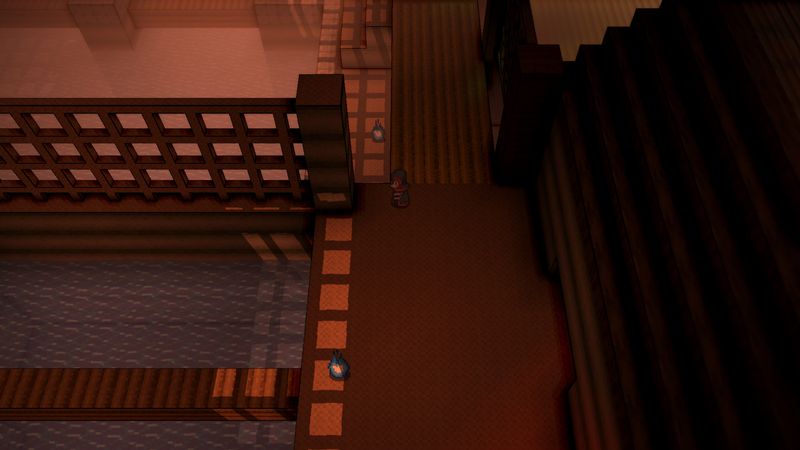
Story Takes a Back Seat, But the World Speaks Volumes
While the game’s narrative is minimal, that doesn’t mean the world lacks charm. The plot remains in the background, offering just enough to contextualize your journey. NPCs provide light lore and side quests, but the real storytelling happens through the environment. From mysterious cave murals to scattered notes, there’s a lot to infer if you take the time to look.
Personally, I would’ve loved a more developed protagonist or central storyline. However, for players who prioritize exploration and atmosphere over plot, this approach works. Interestingly, modders have stepped in to flesh out the narrative, adding new quests that expand on the base game’s sparse storytelling.
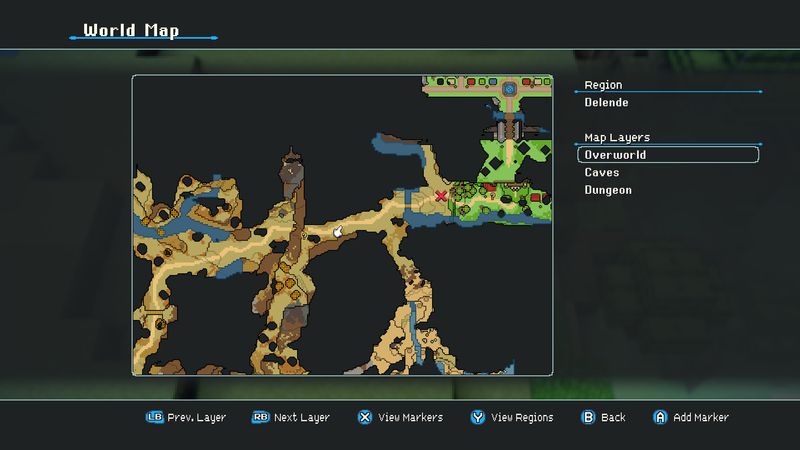
A Retro Aesthetic That Charms and Delights
Visually, Crystal Project leans into a voxel-style design reminiscent of RPGs from the 8-bit and 16-bit eras. The low-fi charm pairs beautifully with its weather effects and day-night cycles, creating an immersive environment despite the simple graphics. I especially appreciated the vibrant crystalline patterns on boss enemies and the dramatic lighting shifts during weather changes.
That said, the platforming segments sometimes suffer from visual clipping in tighter spaces. It’s a minor flaw, but worth noting if precision platforming isn’t your thing.
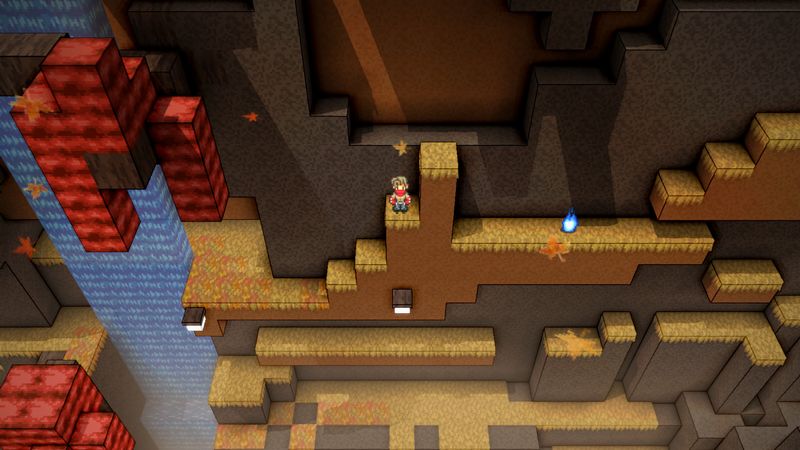
Sound Design That Hits the Nostalgia Button
The soundtrack complements the visuals perfectly. Chiptune melodies evoke memories of retro classics while seamlessly looping as you traverse forests, dungeons, and mysterious ruins. While there’s no voice acting—which suits the game’s indie scale—some modders have even created remix soundtracks that enhance the mood with more variety. It’s all part of the game’s flexible, community-driven identity.
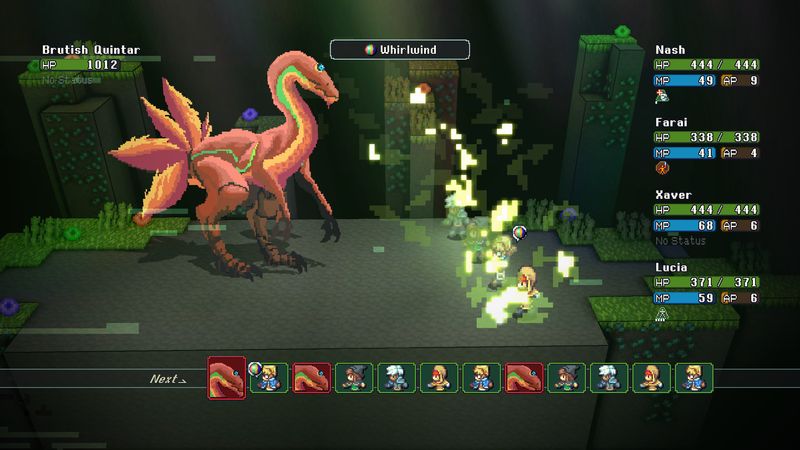
Difficulty That Adapts to Your Playstyle
One of Crystal Project’s strengths is its accessibility. You can choose between easier or more challenging modes from the start, giving you control over your experience. Boss fights in the mid-to-late game are satisfyingly tough, but never feel unfair—especially if you’ve mastered the class system.
And if platforming proves frustrating? Community mods offer flight options to help players bypass tricky sections. Many fans, myself included, recommend the Flight mod to reduce repetition and enjoy the map’s full scope.
A typical playthrough can last 8–12 hours, but completionists will easily spend 20+ hours uncovering every hidden secret and experimenting with all the class combinations.
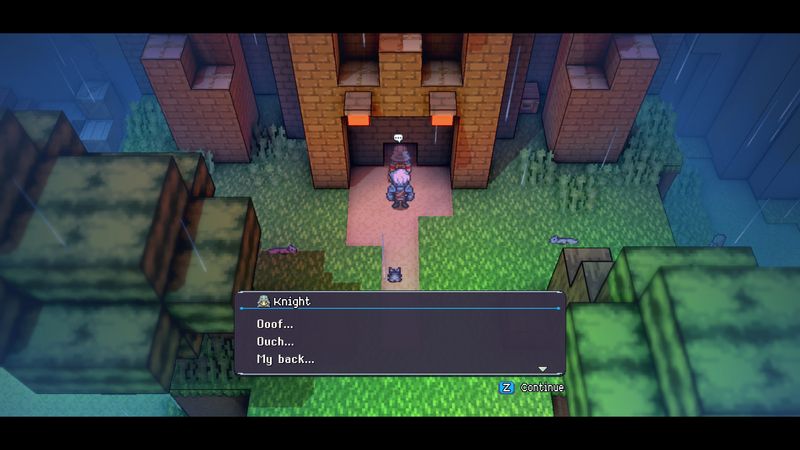
Built by One, Expanded by Many
Here’s a fun bit of trivia: Andrew Willman developed Crystal Project using GameMaker Studio. He later released modding tools in early 2023, and since then, the community has shared dozens of impressive mods through the Steam Workshop. These range from new enemies and mounts to UI improvements and QOL tweaks, showcasing the depth of community support.
It’s clear that Willman values player feedback, which has helped Crystal Project thrive beyond its launch.
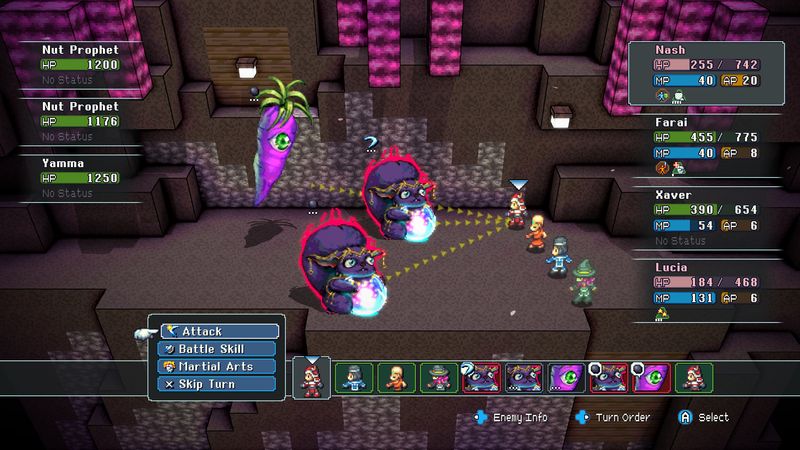
Final Verdict: A Refreshingly Open JRPG Experience
Compared to other indie JRPGs, Crystal Project strikes a compelling balance between freedom and structure. While the storytelling may not satisfy those seeking emotional depth, the exploration and customization easily make up for it. Its platforming can be a little rough, but the combat and class system are strong enough to carry the experience.
If you’re the kind of player who loves experimenting with builds, discovering secrets off the beaten path, or simply exploring voxel landscapes at your own pace, Crystal Project will likely win you over.
Rating: 4 out of 5 stars
Should You Buy Crystal Project?
Absolutely—especially if you crave open-world RPGs with light platforming and deep customization. Add Crystal Project to your Steam collection and get ready to explore a world built for curious minds and creative adventurers.
